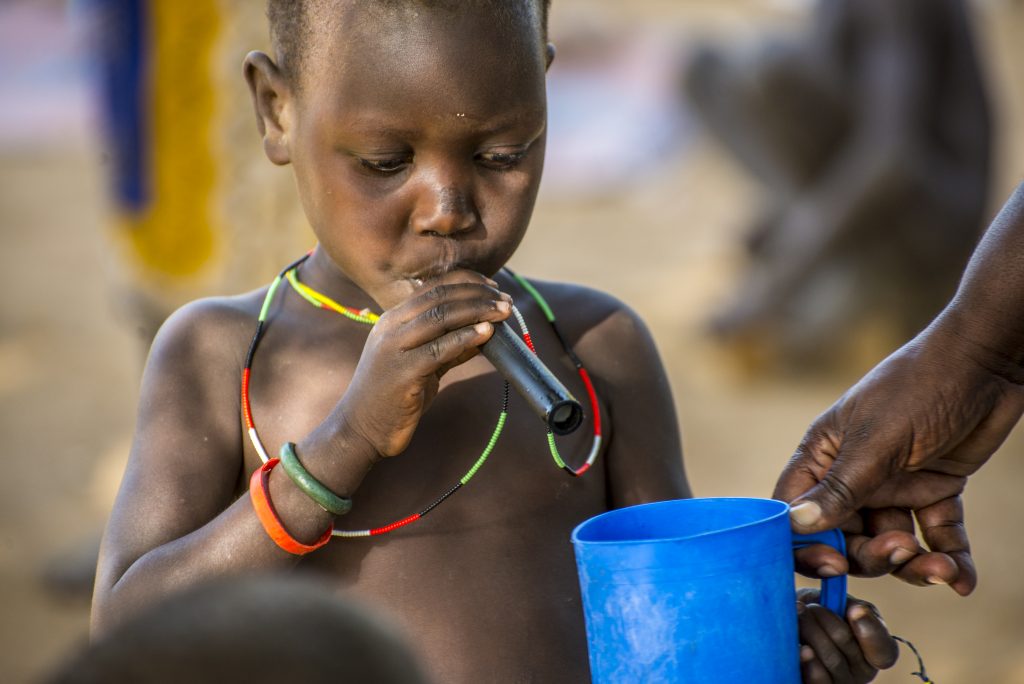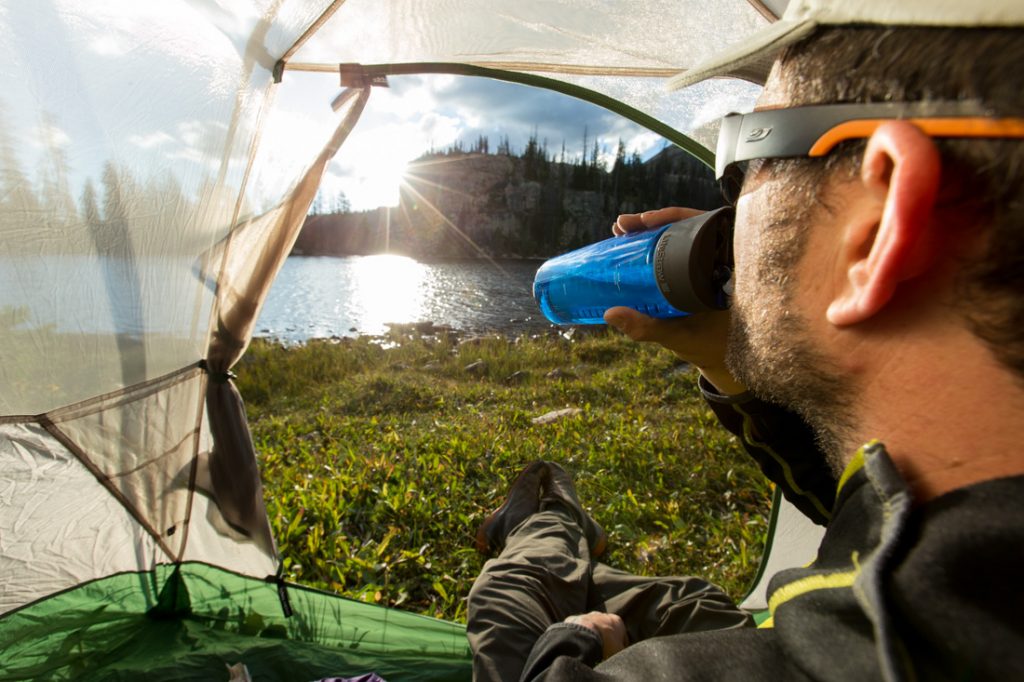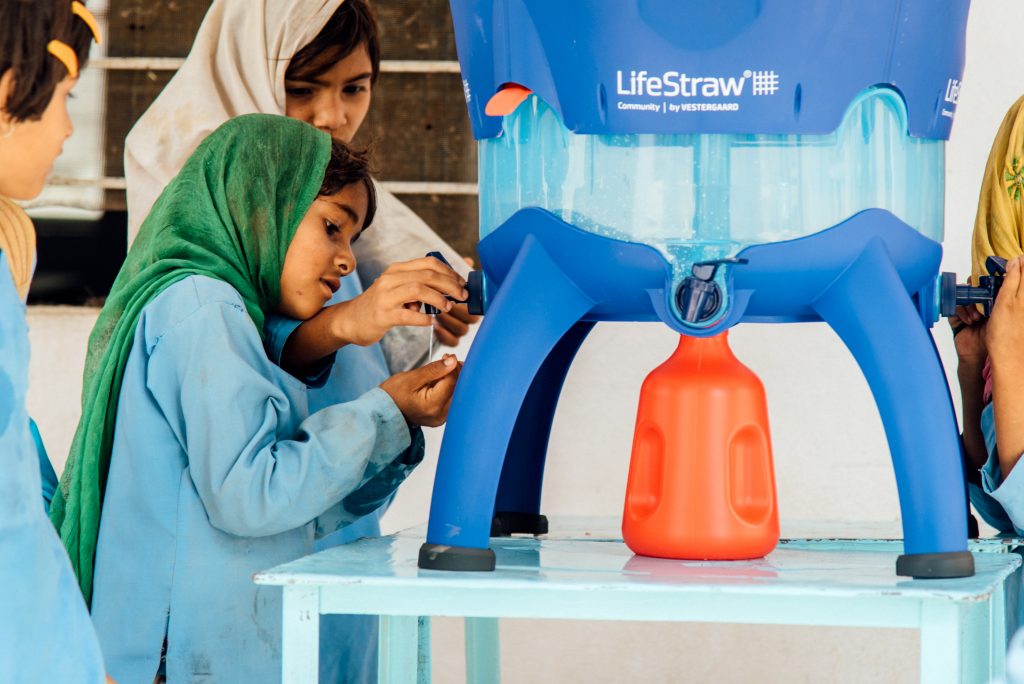The origin of the LifeStraw company follows a non-traditional path compared to most retail and product companies. LifeStraw started through efforts to solve a humanitarian problem — the proliferation of Guinea worm disease — and for more than 15 years, the company’s sole focus was humanitarian.
In 1994, LifeStraw’s parent company, Vestergaard, was approached by the Carter Center to collaborate on developing a tool to help with the eradication of Guinea worm disease. This partnership aimed to develop a filter that could remove Guinea worm larvae from water. It started with just a mesh screen and, five years later, evolved to the LifeStraw Guinea Worm Filter, a small pipe filter. Over the last 20 years, LifeStraw has donated more than 36 million of these filters.

This filter has been instrumental in the near eradication of the disease. As of 2018, the world is now nearing complete eradication of the disease; in 1986, there were 3.5 million cases of Guinea worm compared to a record low 28 cases recorded in 2018.
After developing the LifeStraw Guinea Worm Filter, the Vestergaard company looked to expand the technology inside the pipe-like straw to offer protection against other causes of waterborne illness such as bacteria and parasites. In 2005, this became the official LifeStraw technology and, in 2008, LifeStraw created its first larger-capacity filter that also removes viruses: the LifeStraw Family. The company’s sole focus continued to be tackling issues of waterborne disease in vulnerable communities in the developing world.
It was only in 2011 when LifeStraw began its retail program, as demand for LifeStraw’s innovative filter technology became overwhelming. In particular, outdoor enthusiasts saw a vast potential in LifeStraw products to enhance their outdoor experience. And, weighing only two ounces, LifeStraw became a perfect tool for backpackers and outdoorsman seeking to limit the weight of their packs while ensuring safe hydration. Since 2011, LifeStraw has launched seven additional products geared toward outdoor adventurists, athletes, and disaster preparedness in the retail space.

As LifeStraw’s retail footprint has grown, so has its impact and mission to stay close to its humanitarian roots. In 2014, LifeStraw launched a give back program whereby every LifeStraw sold in the retail market provides a school child with safe water for an entire school year. To do this, LifeStraw provides its large-scale LifeStraw Community purifiers to schools in need: Each LifeStraw Community serves approximately 100 school children for five years, during which time LifeStraw staff provide continuous education, training, follow-up support, and repairs. The program is implemented by full-time local LifeStraw staff in Kenya and elsewhere. By the end of 2019, the company will have provided more than 3 million kids with a year’s worth of safe water.
Since LifeStraw is wired as a “do good first” company, the program has been incredibly successful in providing long-term safe water resources to school children in need. “At its core, LifeStraw is a humanitarian company with a retail program,” said Alison Hill, managing director at LifeStraw, who has been with the company since before it launched retail products. “We simply saw the retail business as an opportunity to expand our ability to create social impact and to engage consumers in the process.”

In recent years, LifeStraw has also placed a strong effort on tackling sustainability and single-use plastics. Hill said, “Because of our roots, most LifeStraw staff also tend to be some combination of humanitarian adventurers, and, as you travel, you see the effect that plastic has had on so many of our wild and remote places.” The LifeStraw Go water bottles, in particular, aim to minimize single-use plastic water bottles, which are a huge source of individual plastic consumption. “As employees, we have always traveled with our products to avoid using plastic water bottles and always implemented our programs without the need for bottled water,” Hill said.
This sustainability effort to eliminate single-use plastics has been adopted across industries. “I see a lot of alignment with adventure travelers in this way. We are seeking to explore the world while minimizing our footprint and leaving a positive impact,” Hill said. Beyond traditional retail, LifeStraw’s wide range of products are very practical for diverse purposes such as responding to humanitarian disasters or supplying crews with access to safe water during outdoor adventures.
LifeStraw’s unique business model takes a different approach than the more common structure retail companies often take with humanitarian or charity projects. The company even maintains a specific research-and-development track to design products to solve humanitarian issues, which runs parallel with its retail research and development. Any design created, product sold, or program launched with the LifeStraw name intends to combat water challenges around the world, making water safe for individuals and communities regardless of where they reside.
If you are interested in learning more about the LifeStraw brand and its suite of filtration products, please contact us.
This article is part of an Adventure Travel Trade Association (ATTA) initiative addressing important topics identified as critical to the protection and continued advancement of the adventure travel industry. Each initiative — eliminating plastics, women in leadership, climate action, and young leaders — has a dedicated team focused on building awareness of, advancing educational opportunities in, and creating a lasting impact on each of these areas within the adventure travel industry. We invite you to visit the ATTA’s initiatives page where you can access reports, read the latest news, participate in active projects, and join conversations within the membership community.
